Reviewed by Julianne Ngirngir
You're rushing to buy concert tickets, fumbling between your password manager and Chrome's autofill suggestions, watching that countdown timer tick closer to zero. Sound familiar?
What you need to know:
Gboard now integrates directly with Android's Credential Manager for instant password and card access
One-tap authentication replaces the old two-step process with biometric confirmation built right in
Third-party password managers can now autofill natively through Gboard without compatibility workarounds
Card benefits display inline so you know which credit card offers the best rewards before checkout
Chrome 131 brings native support for all autofill services, ending the compatibility mode era
The credential game just changed completely
Here's the thing: Google's Credential Manager isn't just another password feature—it's a complete rethink of how Android handles your most sensitive data. Android 14 introduced these APIs to unify "username-password, passkeys, and federated sign-in solutions" under one roof.
The beauty is in the balance. Instead of juggling separate apps for passwords, payment cards, and passkeys, Gboard now surfaces "Credential Manager results in Gboard suggestions and when clicking on a relevant input field during sign-in." That covers passwords, passkeys, and Sign in with Google—all accessible without leaving your keyboard.
Companies like X saw dramatic results after implementing this system: "successful login rate has doubled compared to when it only relied on passwords." Meanwhile, Zoho achieved "login speeds up to 6x faster than previous methods."
These dramatic improvements stem from a fundamental architectural shift. The unified API approach means developers can handle multiple authentication types through a single interface, which is why X's development team achieved an "80% code reduction in the authentication module" and "90% resolution of legacy edge case bugs." This streamlined backend directly translates to the smoother experience you're seeing in Gboard.
Third-party password managers finally get equal treatment
Remember when using anything besides Google's autofill felt like a second-class experience? Those days are numbered. Chrome 131 now allows "third-party autofill services to natively autofill forms giving users a smoother and simpler user experience."
This means your Bitwarden, 1Password, or Dashlane credentials flow through Gboard just as seamlessly as Google's own suggestions. Third-party services can now "autofill passwords, passkeys and other information like addresses and payment data, as they would in other Android apps."
The technical shift represents a fundamental change in Android's architecture. Previously, these password managers relied on compatibility mode—a workaround that created a two-tier system where third-party tools felt clunky because they couldn't access the same native APIs Google used internally. Now they tap directly into the same Credential Manager infrastructure, eliminating the performance gap entirely.
PRO TIP: If you're running Chrome 131 (stable since November 12th, 2024) and still seeing compatibility mode, check your autofill settings—Google plans to "stop supporting compatibility mode in early 2025."
This democratization extends even to privacy-focused setups. GrapheneOS users report that "FUTO keyboard works too with Bitwarden" using the new credential system, proving the architecture works regardless of your security preferences.
Your wallet got smarter about spending decisions
Let's be blunt: choosing the wrong credit card at checkout costs you money. Google Pay now displays "card benefits at checkout, making it easier to choose the card with the best rewards for your purchase."
Instead of mentally calculating which card offers better rewards, you'll see inline summaries like 9to5Google reports: "'1.5% cash back on purchase' or '3x points on flights' to help you pick which card to use." This feature started rolling out "first for American Express and Capital One cardholders in Chrome desktop," with Google planning to "expand this to more cards in the future."
The payment experience gets even smoother with biometric verification. Google Pay updated autofill so "you'll have the option to automatically fill in your full card details the same way you unlock your device"—fingerprint, face scan, or PIN.
The security model here is particularly clever, combining instant access with protected data. Google can surface your card details and rewards information instantly through Gboard, but sensitive information stays locked behind biometrics until needed. Think of it as having a rewards-savvy friend who not only calculates your best card choice but also acts as a security guard—showing you the benefits upfront while keeping your actual card numbers under lock and key until you're ready to complete the purchase.
One tap beats two every single time
The old passkey flow felt clunky: confirm your account, then authenticate. Google's new approach consolidates everything into "one sheet, which is taller, so it goes from two taps to just one."
This streamlined experience is rolling out with new versions of "Credential Manager on Android 15." The impact is measurable—X's developers noted that after implementing passkeys, their "successful login rate has doubled," while Zoho saw "passkey sign-ins doubled in just 4 months."
This streamlined UI change reflects a deeper shift in how Android handles authentication complexity. By consolidating account confirmation and biometric verification into one interaction, Google addresses the broader authentication landscape where traditional password flows often fail due to user friction. The single-tap approach reduces cognitive load while maintaining security, which explains why companies adopting this system see both improved success rates and reduced support costs.
What this means for your daily Android experience
Think of this as Android finally growing up about credentials. Instead of treating passwords, passkeys, and payment cards as separate universes, everything now flows through one intelligent system that learns your preferences and speeds up your workflows.
Your Gboard suggestions become genuinely useful—not just predictive text, but contextual access to exactly the credential you need when you need it. Third-party password managers work as smoothly as Google's own tools, which means your choice of security provider no longer compromises your user experience—a shift that could accelerate adoption of more secure, specialized password solutions.
Your credit card choices transform from guesswork into informed financial decisions. Instead of wondering whether your Chase card or American Express offers better rewards for a specific purchase, the information appears inline, potentially saving you hundreds in missed rewards annually.
Having tested credential flows across a dozen apps since the Chrome 131 rollout, the difference is immediately noticeable. What used to require app switching, manual copying, or multiple authentication steps now happens seamlessly within your keyboard interface.
The rollout timeline varies by feature, but the foundation is solid: Chrome 131's native autofill support is already stable, while Gboard's credential integration continues expanding through server-side updates. If you're not seeing these improvements yet, it's coming—Google's credential revolution is just getting started, and frankly, it's about time our keyboards got this smart.





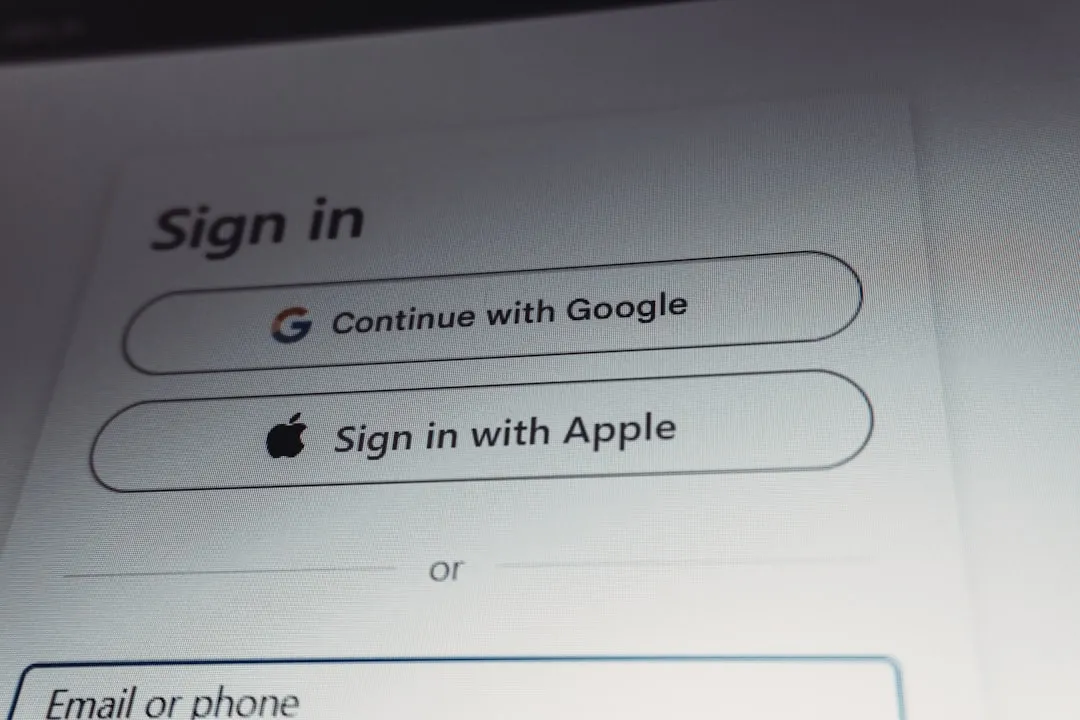

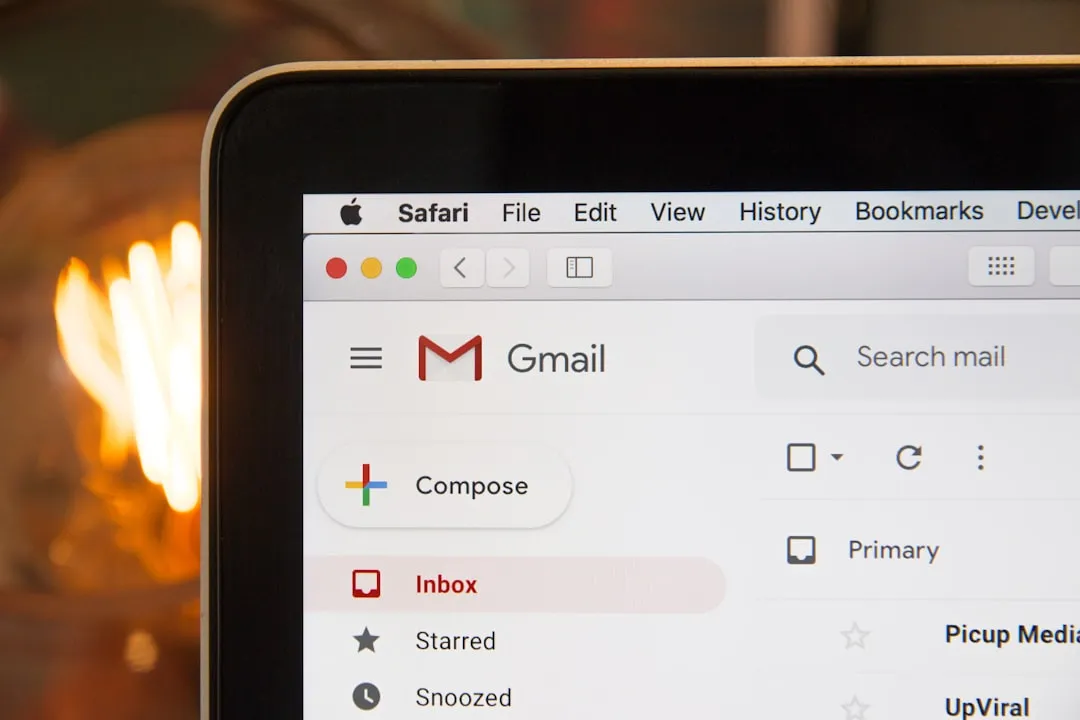
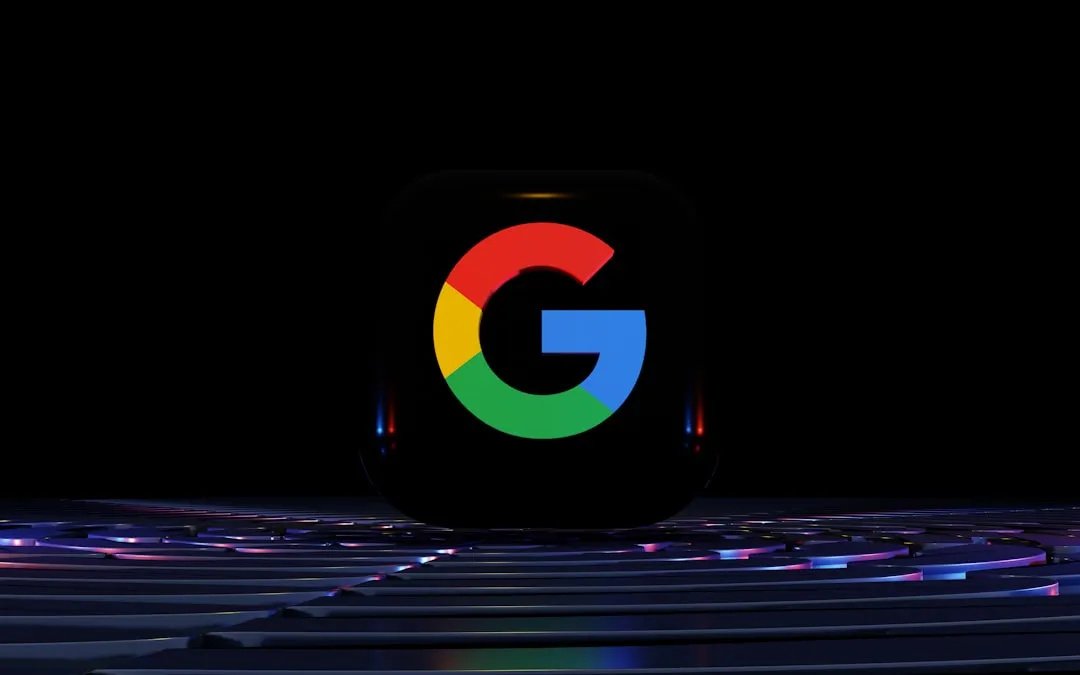
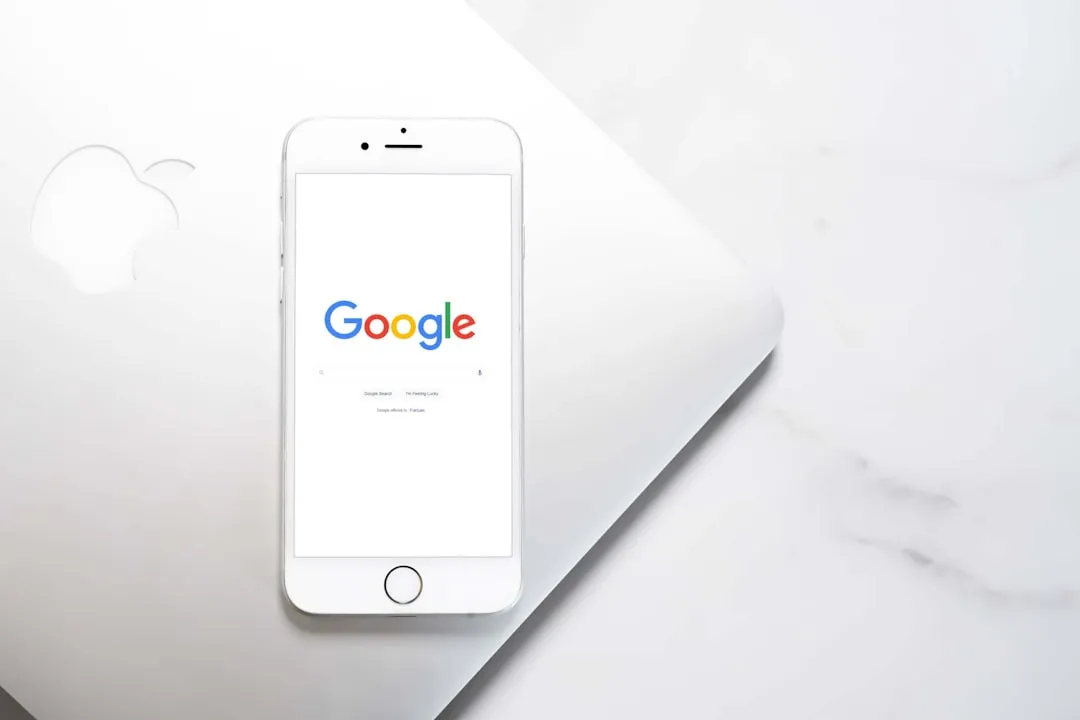

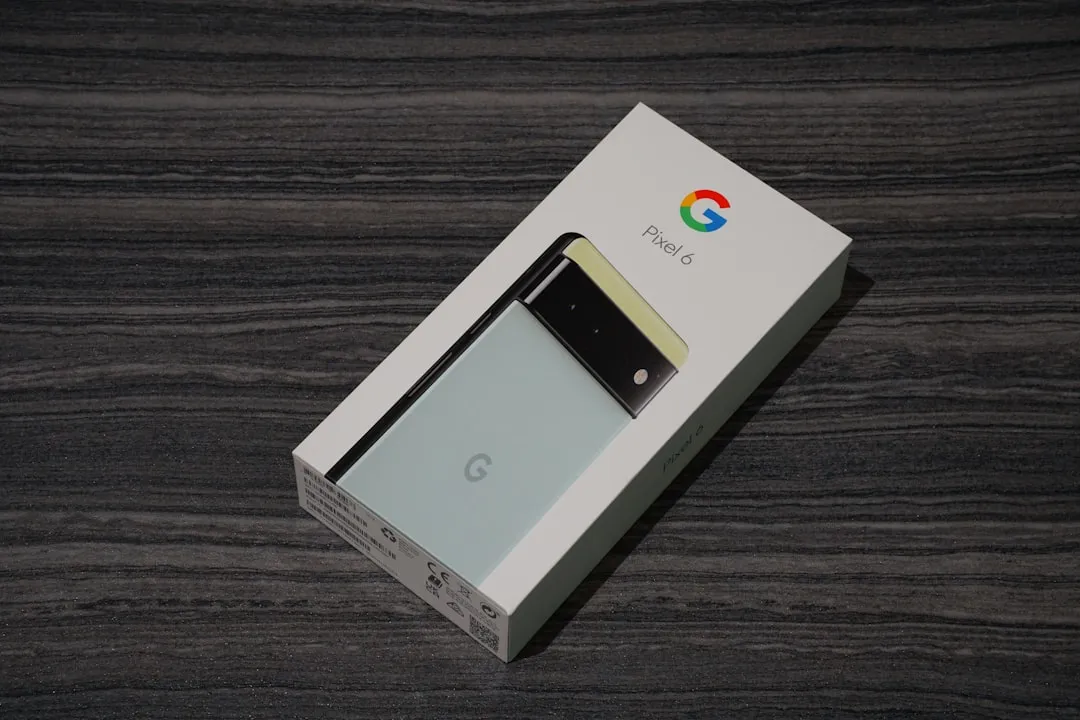

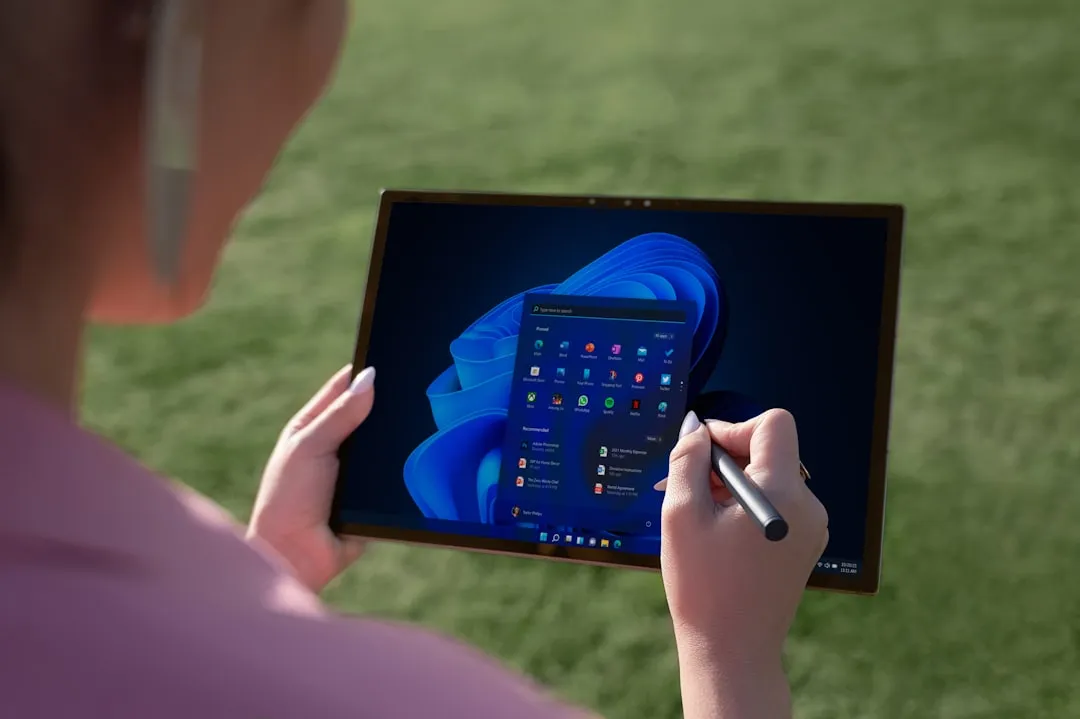


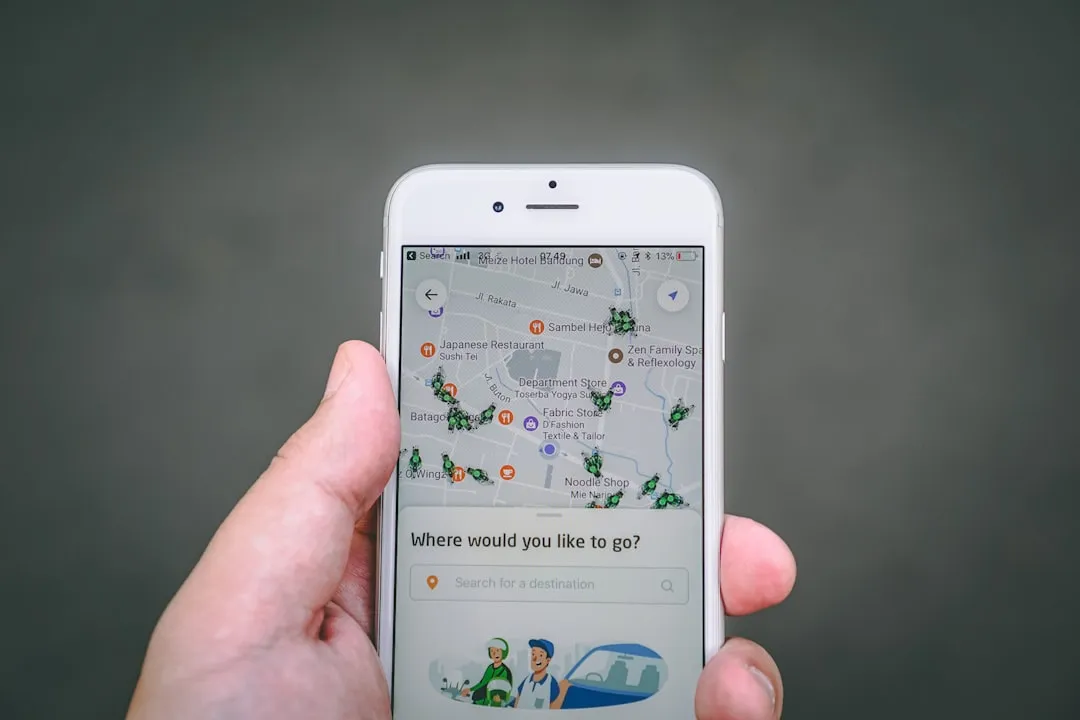


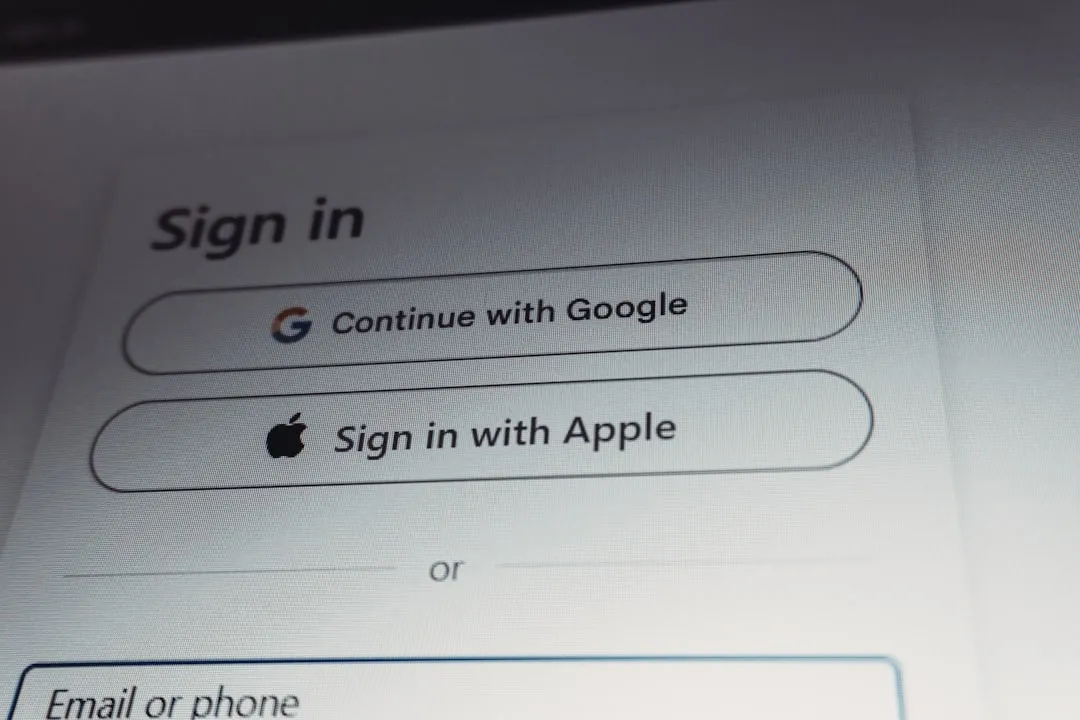
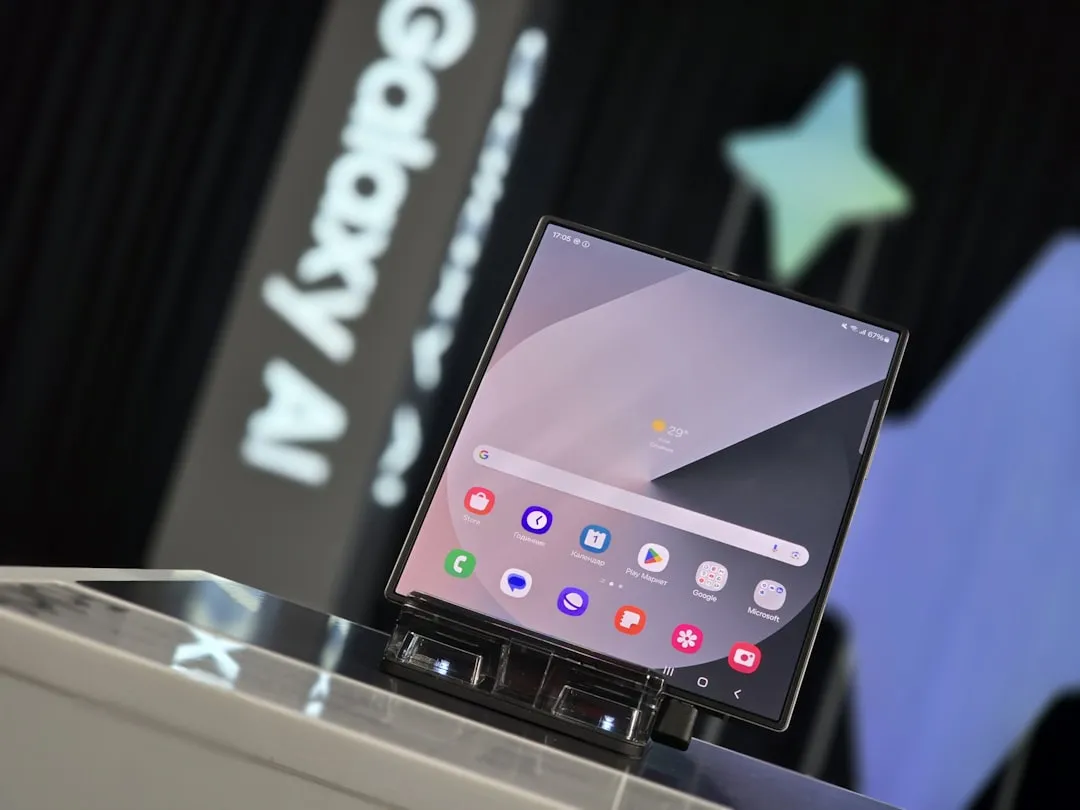
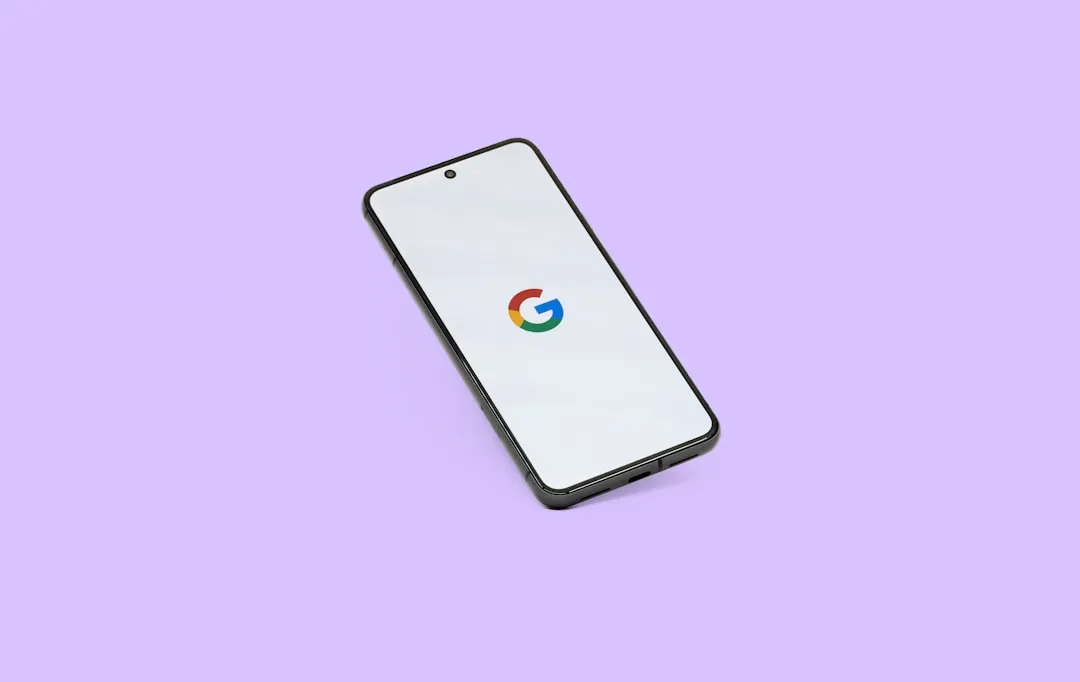


Comments
Be the first, drop a comment!